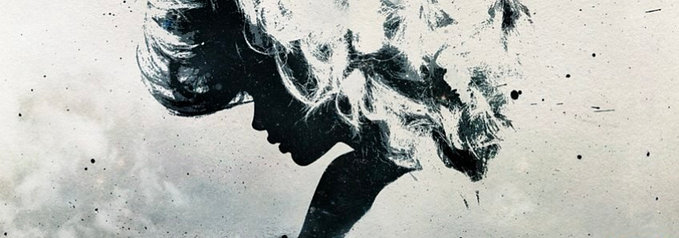
As has been happening on occasion in this century, there is another round of tension between European society and its Muslim component, centred as usual around caricatures published in magazines on the continent.
While Muslims around the world condemned these cartoons, the matter was escalated by some radicals who took matters into their own hands and started murdering people they thought were anti-Islam. Any chance to have a nuanced discussion disappeared as soon as blood was spilled, and several innocent people lost their lives.
But why are Muslims offended?
The root cause of the offense is the concept of aniconism in Islam. At the strictest level, all images of sentient beings, i.e. animals and humans, are prohibited. The essential idea is that living beings are created by God and any human attempt to replicate that is wrong.

As with many things in Islam, the problem occurs where there is room for interpretation. The Quran, the holy Islamic book, does not explicitly prohibit images but reserves the title of Maker/Form-giver for the Lord Almighty and does explicitly prohibit idolatry. However, the Prophet was more explicit in interpreting those verses, saying creation of living things is God’s prerogative and humans should not deign to replicate it.
There is a general acceptance among the Muslim population that such depictions are best left alone. That is why, even in the Golden Era of Islamic art and culture, the absence of sentient beings is rather conspicuous, although various ‘miniatures’ were included in illustrations. Rather than unwittingly running afoul of these restrictions, Muslim artisans chose to focus on calligraphy, geometric patterns, and other floral and abstract designs.

Times are a-changing
We do not live in 7th century Arabia though. But the question of photography, even for required purposes, still has not been resolved. There are those that still advocate for a total ban on photos, even for security purposes like identification documents. Technology has moved past hand-drawn images to digital renderings, bringing with it some new use cases.
-Video broadcasts from the Two Holy Mosque in Makkah and Madinah are regular fixtures in Muslim households, especially during the month of Ramadan. Many people also join these video prayer sessions.
-Global standards on identification for security purposes require photographs of individuals which are in effect in all countries of the world.
-Muslim TV preachers have amassed huge followings and continue to broadcast their sermons on YouTube and TV channels.
- In 1976, the movie The Message was released. There were discussions about how to portray the closest adherents to Islam in its infancy. These are all revered figures in Islamic history and are among the people that have never been depicted before. They compromised by having only POV references to these characters.
These examples merely seek to demonstrate that the idea of photography has taken a central place in life in the 21st century and Islamic societies are no exception. Rather, the question today is simply about whether the Prophet and other historical holy figures should be depicted in images.
To sum it up, Muslims do not want to have images of their Prophet lest it cause idolatry and other such vices. Today, many are focused on the caricature part of the cartoons by Charlie Hebdo. But the discussion would still need to be had even if the images were flattery of the best sort.
One thing we can all agree on, though, is that it is absolutely not something that someone, anyone, should die for. Least of all a person who is not an adherent of Islam.
I will cover Macron’s efforts to “reform” Islam in Europe in a following essay.







